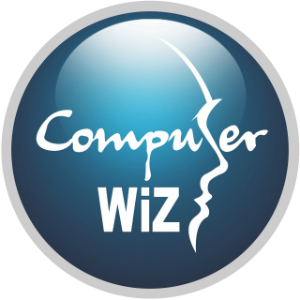What is Remote Computer Support?
Remote support for your computer can help resolve issues you are having without physically bringing the computer into a location for software issues or questions on how to operate the software on your computer. It can be a great time saving was of getting help with your computer issues.
Remote support software gives IT technicians access to another computer or device remotely to provide support. The remote connection allows the technician to see the screen of the remote device on their own screen in real-time, and in most cases be able to take control of the remote device to troubleshoot issues and perform other tasks.

Remote support leverages remote access software to give the technician instant access to the remote device from anywhere, at any time. This means that they can provide remote assistance without having to travel to the device.
While in a remote session, the technician can take control of the device and perform whatever task is needed. They can install updates, resolve issues, and perform maintenance. Most remote support solutions come equipped additional features that help IT pros be more productive while providing remote support. Examples include file transfer, remote print, chat, session recording, screen sharing, and more.
By being able to remotely access a device to provide support, IT support teams, help desks, and managed service providers can resolve support tickets quicker. This means they can save time and get more done throughout the day. End-users receiving support enjoy faster service which leads to increased satisfaction.
Types of Remote Support Software
Remote support software can generally be sorted into two categories:
- Unattended remote support
- Attended remote support
The difference between attended vs unattended is determined by whether an end-user is present on the remote device while the IT technician is providing remote assistance. The functionality of each type of solution differs as well.
Unattended Remote Support
Unattended access means the technician can remotely connect to the endpoint device even without an end-user present. Remote support platforms make this possible by having the IT team deploy an agent app on all the computers they manage. Once the agent is installed, a member of the IT team can to connect to the remote computer they want to access.
By having the agent installed on the remote computer, IT technicians are able to remotely access the computers at any time, with or without someone actively using the computer. This makes it possible to support computers outside of regular office hours or when the endpoint is not in use.
Attended Remote Support
Also known as on-demand support, or ad-hoc support, attended support allows technicians to access a device the moment the end-user requests assistance. Once connected, the technician can provide support to resolve the issue.
Unlike with unattended access, there is not prior setup necessary for attended access. Because an end-user is present, they are able to help the technician establish a remote connection to their device. This can be done a variety of ways, but a common method is to have the end-user run the remote support tool’s app to generate a unique session code, which the user gives to the technician so they can connect to the device and take control.
Attended access enables help desk professionals to provide support to any device as long as the end-user is present. This means they can remotely support managed devices as well as personal devices.
Contact us for more information about how we can help you with your computer issues.
